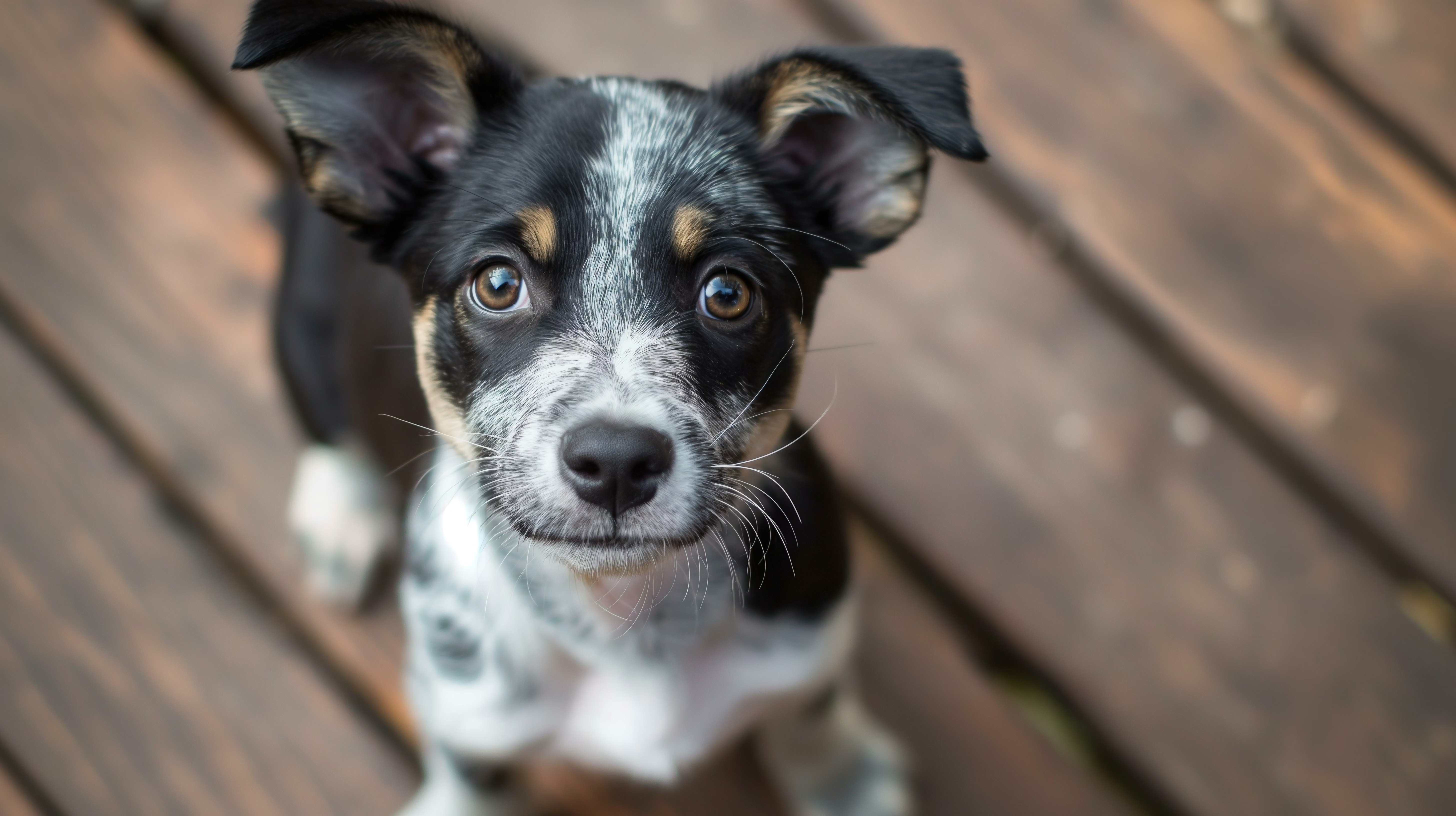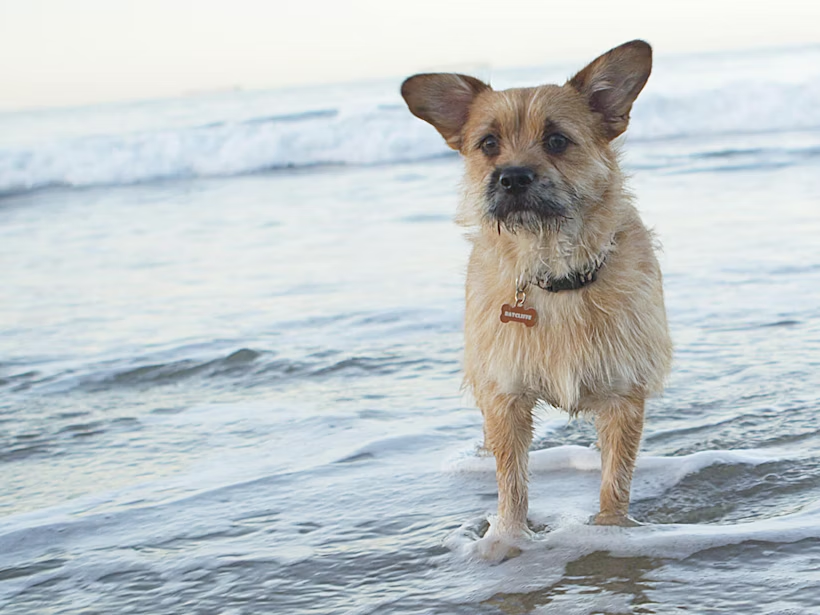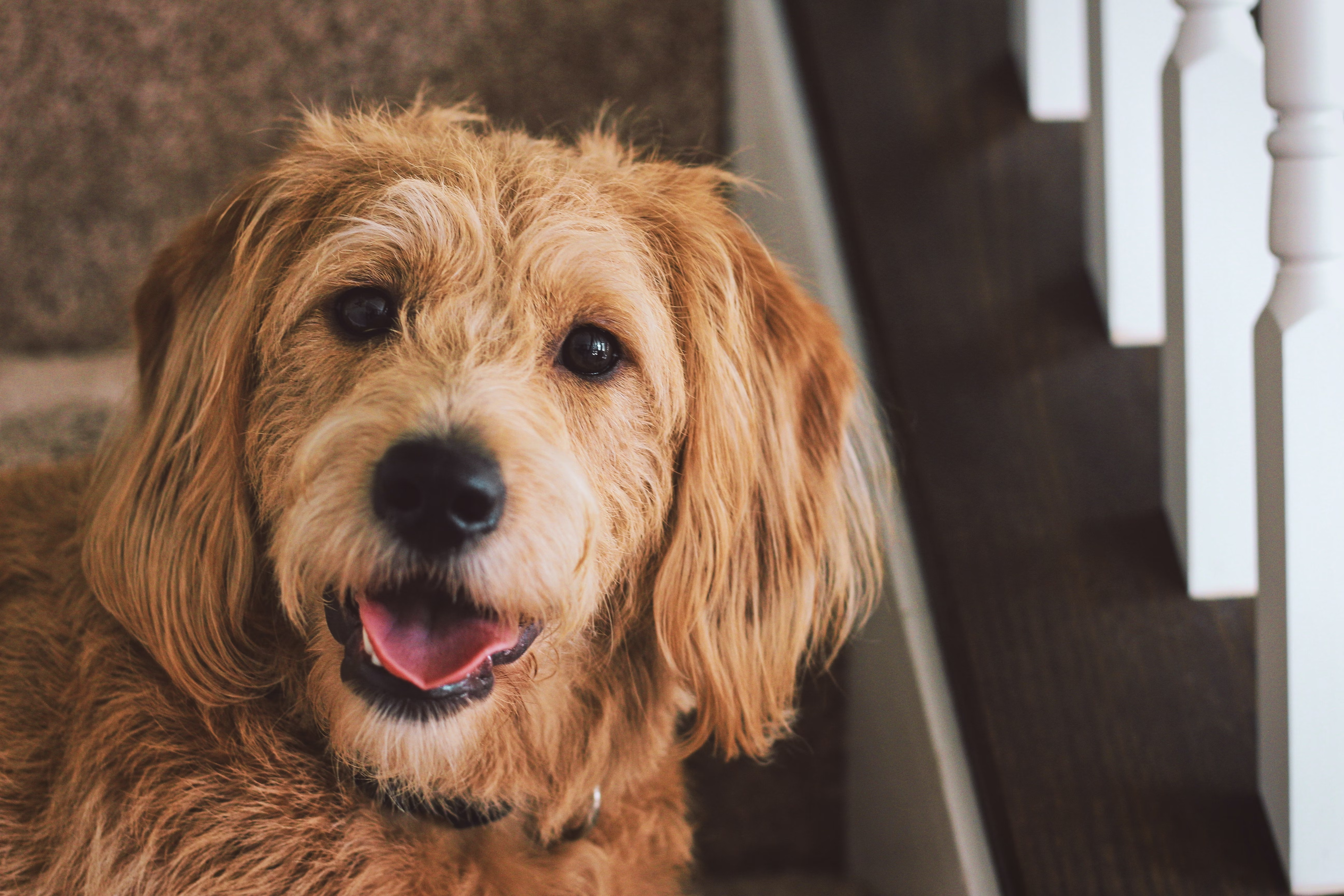Looking at a dog and trying to guess their breed is a game that many of us have played. Is it fun? Absolutely! Are the guesses accurate? Not usually. That’s because when it comes to breed identification, looks can be deceiving. Often, seeing traits that are associated with certain breeds leads to incorrect assumptions about a pup’s breed mix. So, let’s look at some of the traits that frequently lead to misidentification and discuss how genetics shape a dog’s physical appearance.
Traits that commonly cause breed confusion
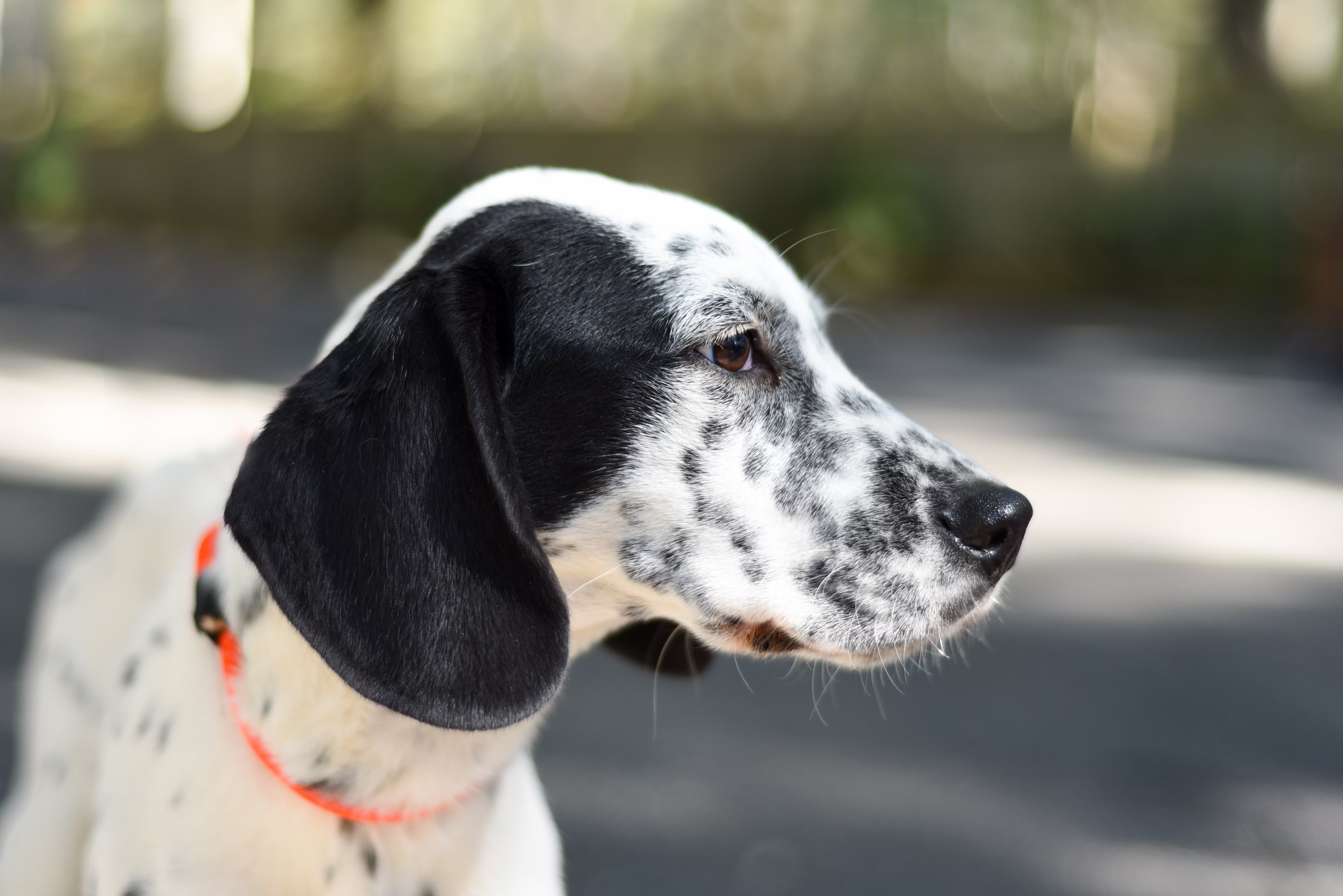
Spotted coats
It’s hard to see a dog with spots on their coat and not immediately think of a Dalmatian. The Dalmatian’s large, distinctive spots are caused by the interaction of several different genes. But other coat patterns, like ticking (small dots of pigmented hair) and roan (a mixture of pigmented and unpigmented hair) can also result in a coat with some degree of spotting. Breeds with these coat patterns include the Pointer, English Setter, Bluetick Coonhound, Catahoula Leopard Dog, and Münsterlander.
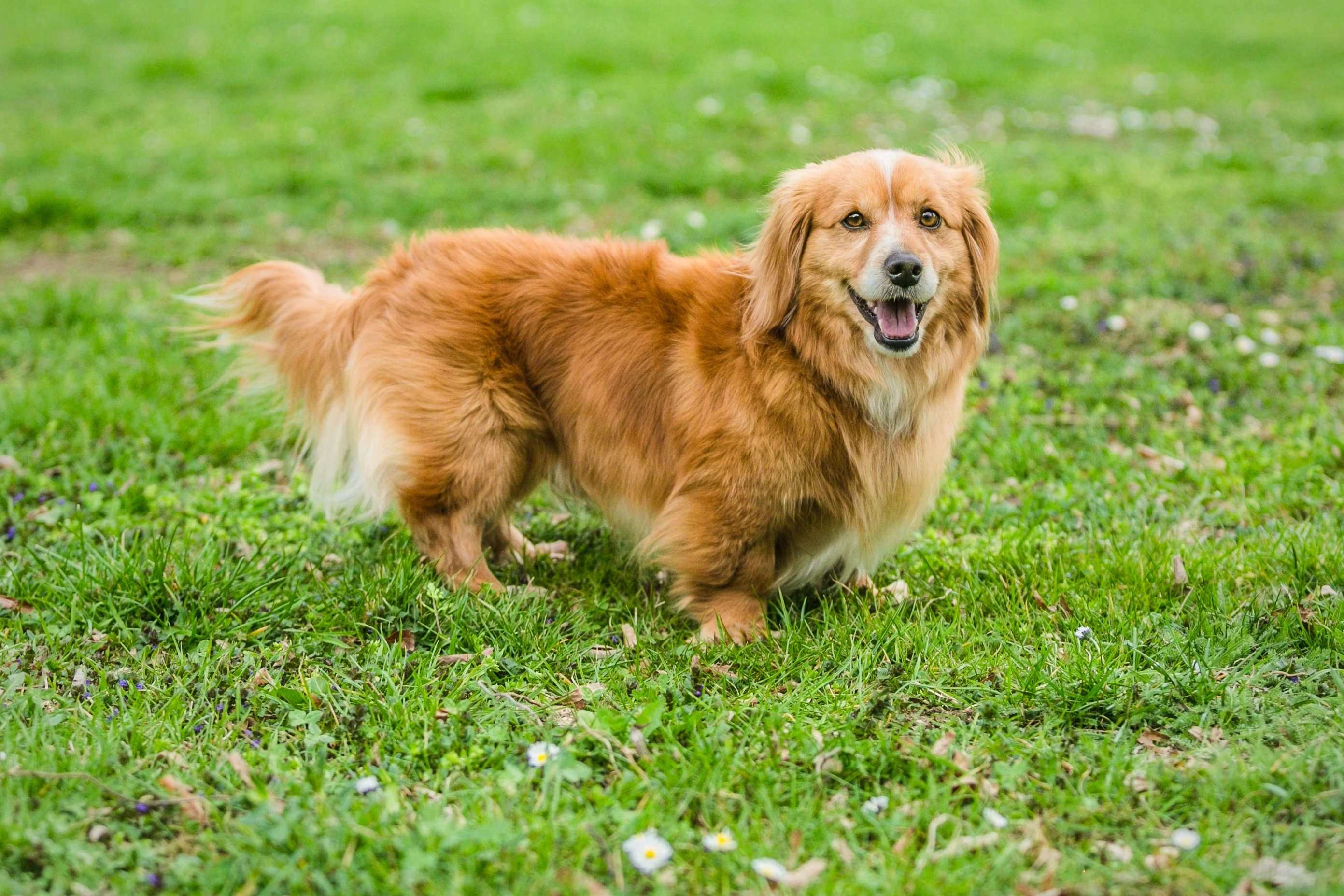
Short legs
Many people equate short legs with Corgis or Dachshunds. And that makes sense, since these short-legged breeds are popular and widely recognized. But these breeds aren’t the only ones to carry the mutation that causes short legs. This mutation, called chondrodysplasia, is present in other breeds including the Basset Hound, Pekingese, Shih Tzu, and West Highland White Terrier.

Furnishings
Furnishings (the official term for adorable beards and eyebrows) are commonly associated with terrier breeds. When many people think of furnishings they automatically picture Miniature Schnauzers, Airedale Terriers, and Scottish Terriers. However, other breeds, including German Wirehaired Pointers, Portuguese Water Dogs, Poodles, and Brussels Griffon also carry this genetic trait.

Curly coats
Perfectly coiffed curls and Poodles go hand in hand. But a curly coat doesn’t mean a dog has Poodle in their mix. There are two gene variants responsible for curly coats and several breeds are known to carry them. Examples include the Lagotto Romagnolo, Chesapeake Bay Retriever, Wire Fox Terrier, Bichon Frise, and Irish Water Spaniel. Dogs with one copy of one of these variants have wavy coats while dogs with two copies have tighter curls.
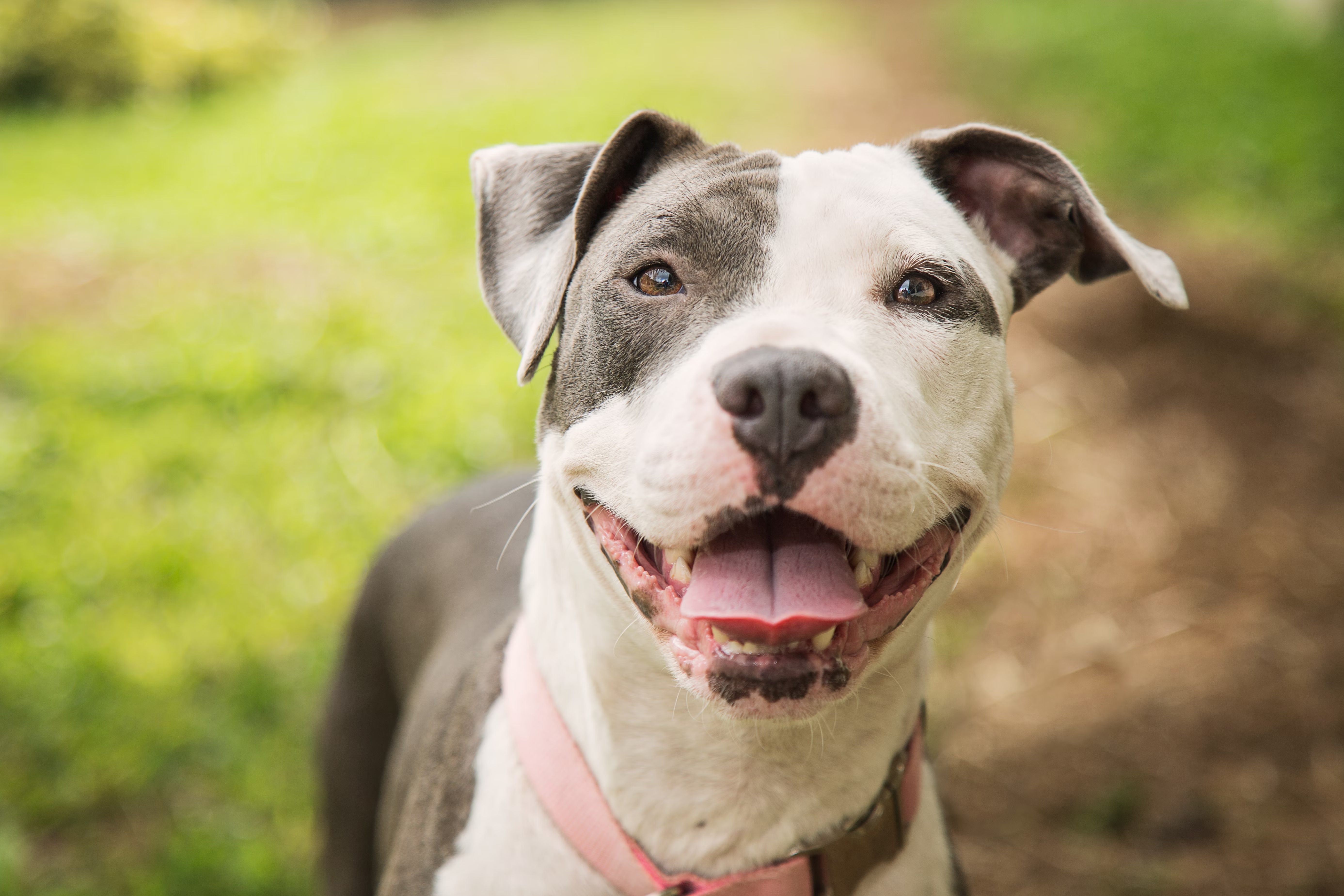
Block-shaped heads
Blocky heads typically bring to mind American Pit Bulls or American Staffordshire Terriers. But don’t base your breed guesses on this head shape alone. Other breeds known for blocky heads include the Argentine Dogo, Great Dane, Boxer, Bullmastiff, and Cane Corso.
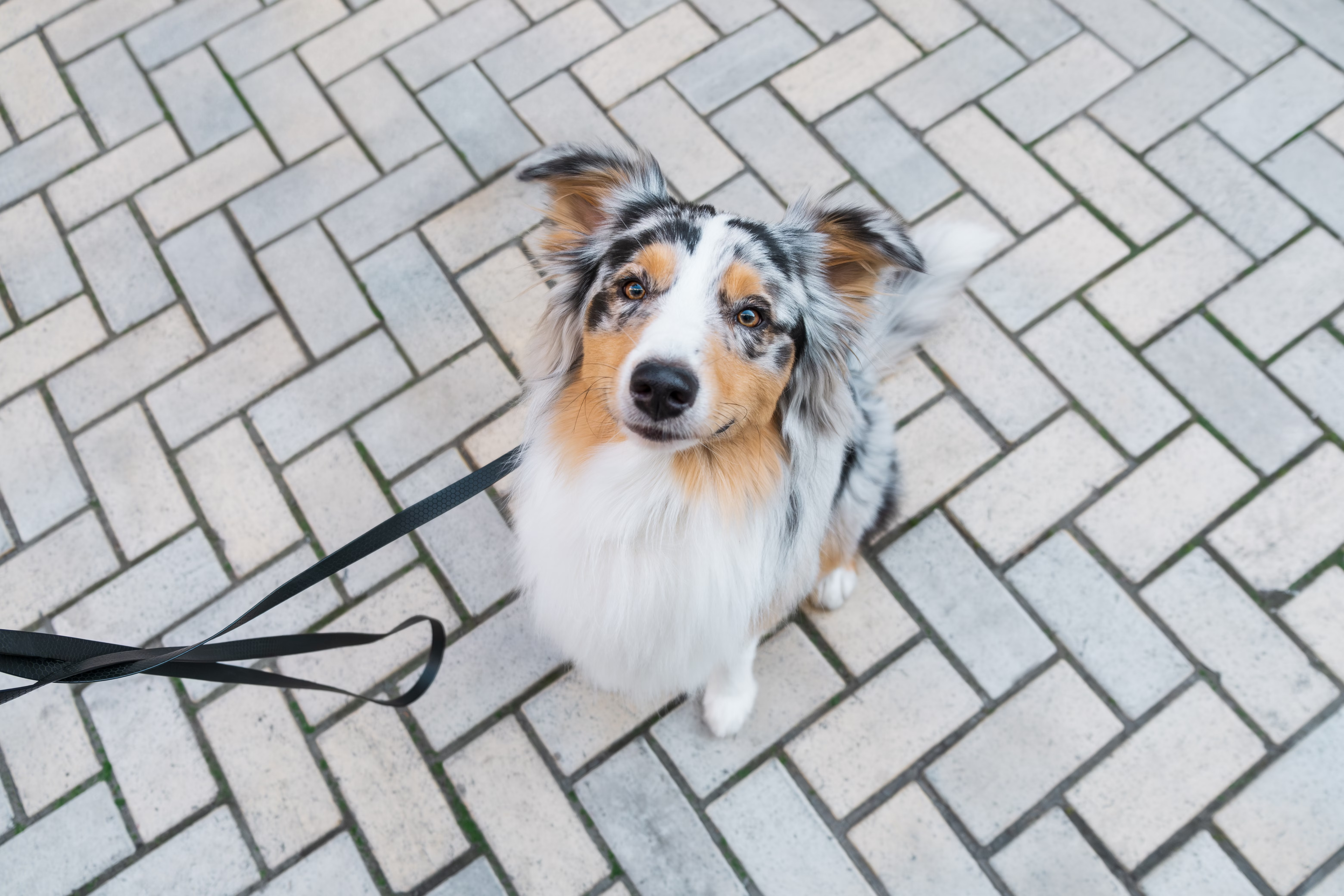
Merle coats
Does seeing a merle coat make you think of an Australian Shepherd? You’re not alone! It’s common for people to view that coat pattern as a tell-tale sign of an Aussie Shepherd. In reality, merle coats are included in the breed standard of several breeds, including the Chihuahua, Dachshund, Pomeranian, and Great Dane. Any dog that displays the merle pattern’s signature dark blotches set against a lighter background has at least one copy of the merle allele (or gene variant). Some dogs have two copies of the merle allele, but that puts them at risk of multiple health issues. For this reason, responsible breeders should not breed two merle dogs together to avoid the chance of breeding a "double merle."
How genes influence a dog’s appearance
Selective breeding has been used for centuries to bring out specific characteristics in a dog breed. That includes an intentional effort to achieve certain physical traits, like coat color, coat type, or leg length. However, getting the desired result is easier said than done.
Sometimes gene expression is straightforward, following a dominant and recessive pattern. In that instance, for a dominant trait to be visible, it requires just one copy of the gene responsible for that trait. Recessive genes require two copies—one from each parent—in order to express the trait. That means that recessive genes can sometimes pass unseen from generation to generation before they are paired with a second recessive gene and the trait is visible.
But gene expression can be more complex, too. Some traits are influenced by more than a single gene, and factors include hierarchy of expression, codominance, incomplete penetrance, and more. You can read more about how genes impact a dog’s appearance—and why it matters—in this related blog post.
Another important fact to know is that many traits that we associate with one breed are actually present in many breeds. Hence the confusion related to some of the traits we mentioned earlier. And when you start adding more and more breeds into a mixed-breed dog’s ancestry, the combination of traits that can occur is endless. For some examples on how genes interact to create your mixed-breed dog’s unique appearance, check out this blog post.
Understand the "why" behind your dog’s look
Ready for some good news? You don’t have to have an in-depth knowledge of canine genetics to understand your pup’s appearance and what breeds make up their mix. To eliminate the guesswork and get an accurate breakdown of ancestry and traits, let Wisdom Panel analyze your dog’s DNA and deliver results in one easy-to-understand report. Take a look at our line-up of dog DNA tests to find the test that works best for you.
